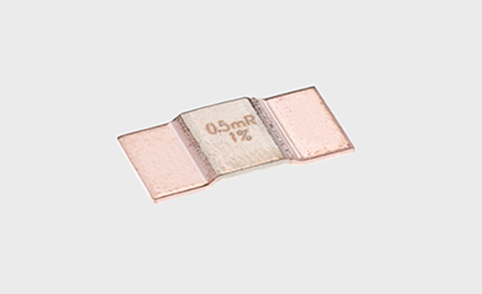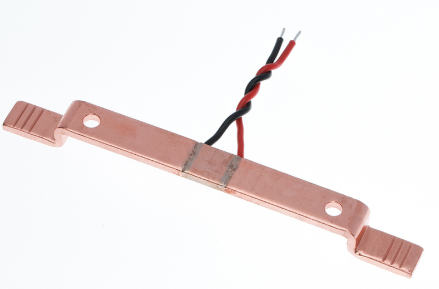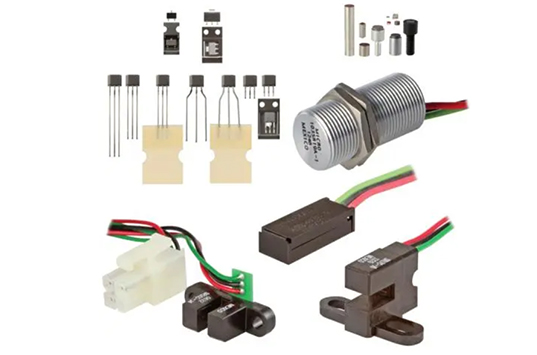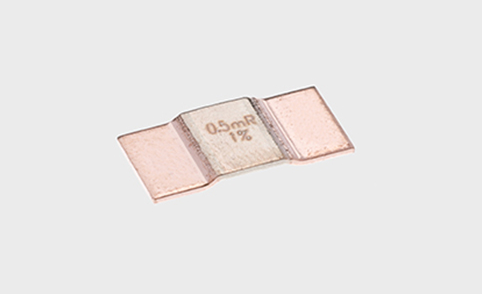
Future Trends of SMD Shunts: Prospects for the Future Development of SMD Shunts in terms of Technology and Market, including Higher Integration, Lower Power Consumption, and a Wider Range of Applications
Introduction:
SMD Shunts have been widely used for current measurement in electronic applications. However, as technology continues to advance, there are several emerging trends that are expected to shape the future development of SMD Shunts. This article aims to discuss the potential future trends of SMD Shunts, including higher integration, lower power consumption, and a wider range of applications.
Higher Integration:
One of the key future trends for SMD Shunts is higher integration. As demand for smaller and more compact electronic devices increases, there is a need for SMD Shunts with higher integration capabilities. Integration involves incorporating additional functionalities, such as built-in amplification and digital interfaces, into the SMD Shunt itself. This would eliminate the need for external amplification circuits, reducing complexity and space requirements in electronic designs. Higher integration would also facilitate easier integration with microcontrollers and other digital systems, enabling more seamless integration into various applications.
Lower Power Consumption:
Another important future trend for SMD Shunts is lower power consumption. With the growing emphasis on energy efficiency and battery-powered applications, reducing power consumption is crucial. Future SMD Shunts could be designed with lower resistance, resulting in reduced power dissipation as heat. Additionally, advancements in semiconductor materials and manufacturing processes may help in achieving lower power consumption. This would not only improve the overall efficiency of electronic systems but also extend the battery life of portable devices.
Wider Range of Applications:
Currently, SMD Shunts are predominantly used in specific applications such as battery management systems and power supplies. However, a potential future trend is the expansion of SMD Shunts into a wider range of applications. With their high accuracy and compact size, SMD Shunts could find utility in various industries, including automotive, aerospace, and renewable energy sectors. For example, they could be used in electric vehicle charging stations, solar power systems, and industrial automation. The versatility and adaptability of SMD Shunts make them a promising candidate for diverse applications.
Market Growth:
As a result of these future trends, the market for SMD Shunts is expected to experience significant growth. The increasing demand for smaller, more energy-efficient electronic devices, coupled with the expanding range of applications, will drive the market for SMD Shunts. This growth is further supported by advancements in manufacturing technologies, making SMD Shunts more cost-effective and accessible for mass production. Additionally, the rising adoption of Internet of Things (IoT) devices and the proliferation of smart technology are likely to create new opportunities for SMD Shunts in various IoT applications.
Conclusion:
The future of SMD Shunts looks promising, with higher integration, lower power consumption, and a wider range of applications being the key trends to watch out for. Advancements in integration capabilities and reduced power consumption will enhance the efficiency and performance of electronic systems, while the expansion into new application areas will open up exciting possibilities. As technology continues to evolve, SMD Shunts are expected to remain at the forefront of current measurement solutions, meeting the evolving needs of the electronics industry.
-

Volvo, Daimler and Traton Plan
Welcome. Please feel free to send us an email here. You will get our reply in 24...
2021-09-09 view+ -

What is the BMS shunt
In BMS applications, the shunt is used to measure the total current of the batte...
2023-04-07 view+ -

Applications of Hall sensors
Application scenario 1: Photovoltaic inverterPhotovoltaic inverter is an importa...
2023-04-04 view+ -

Temperature Compensation and S
Temperature Compensation and Stability of SMD Shunts: Exploring the Performance ...
2023-11-30 view+


